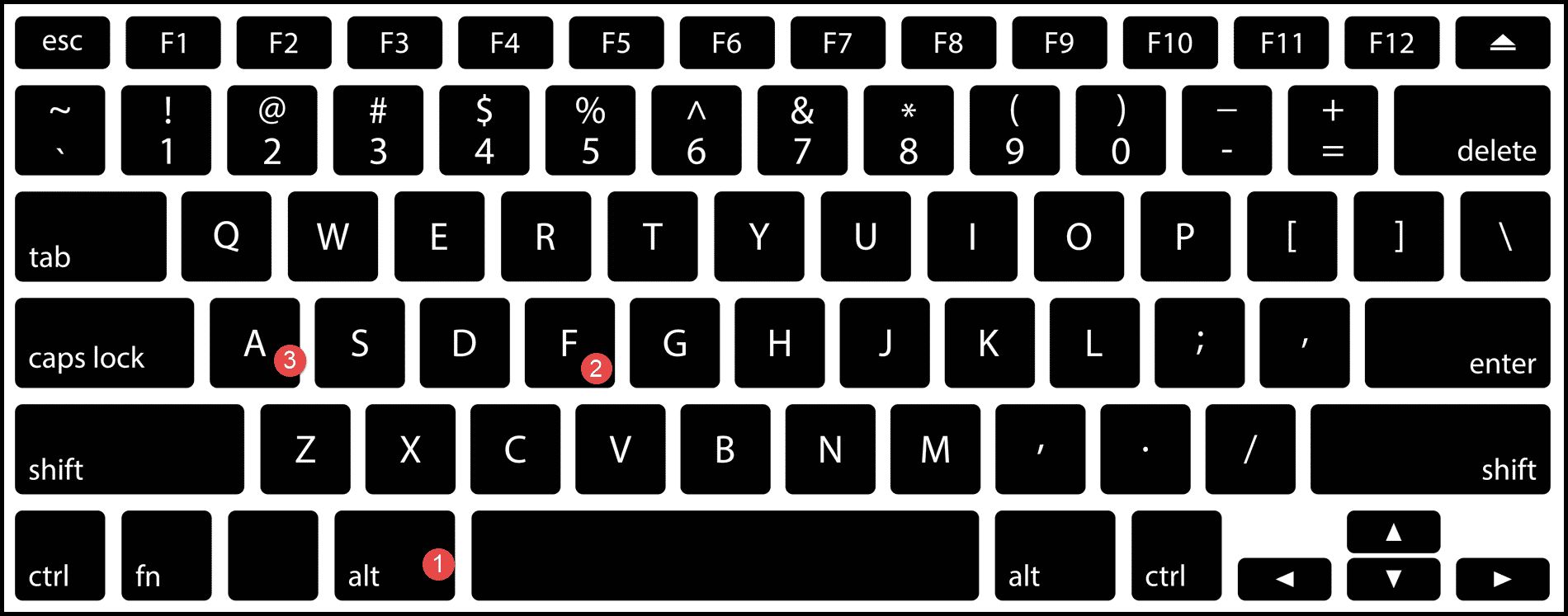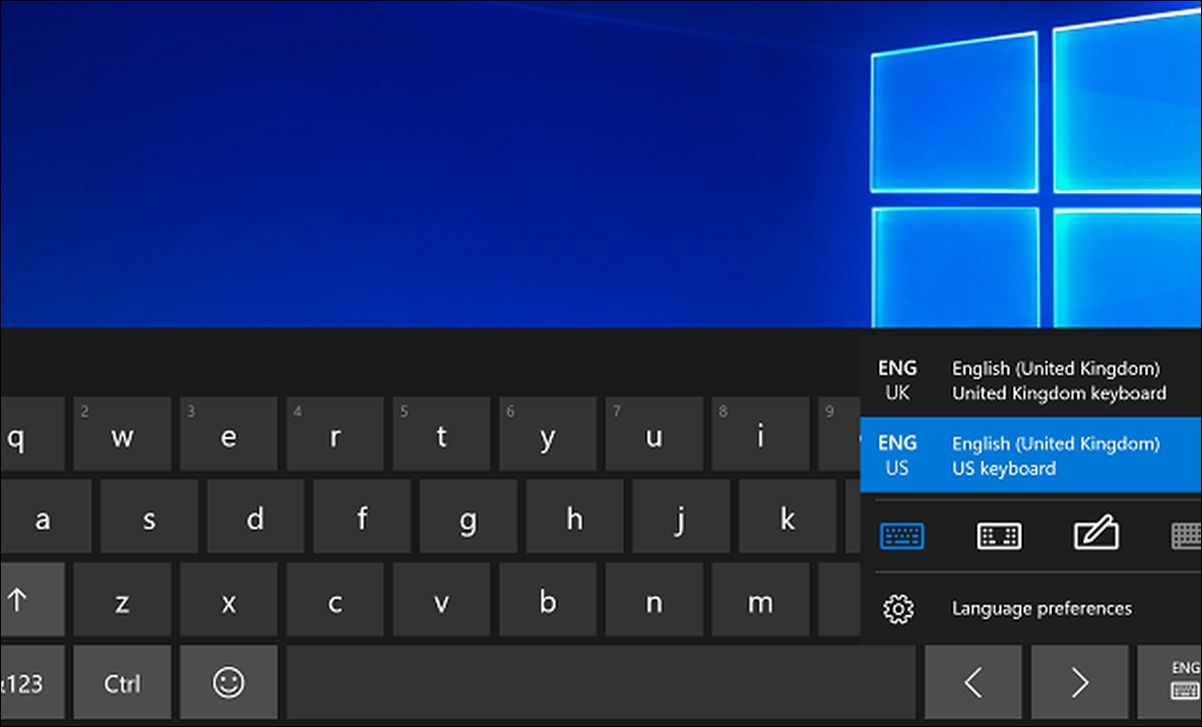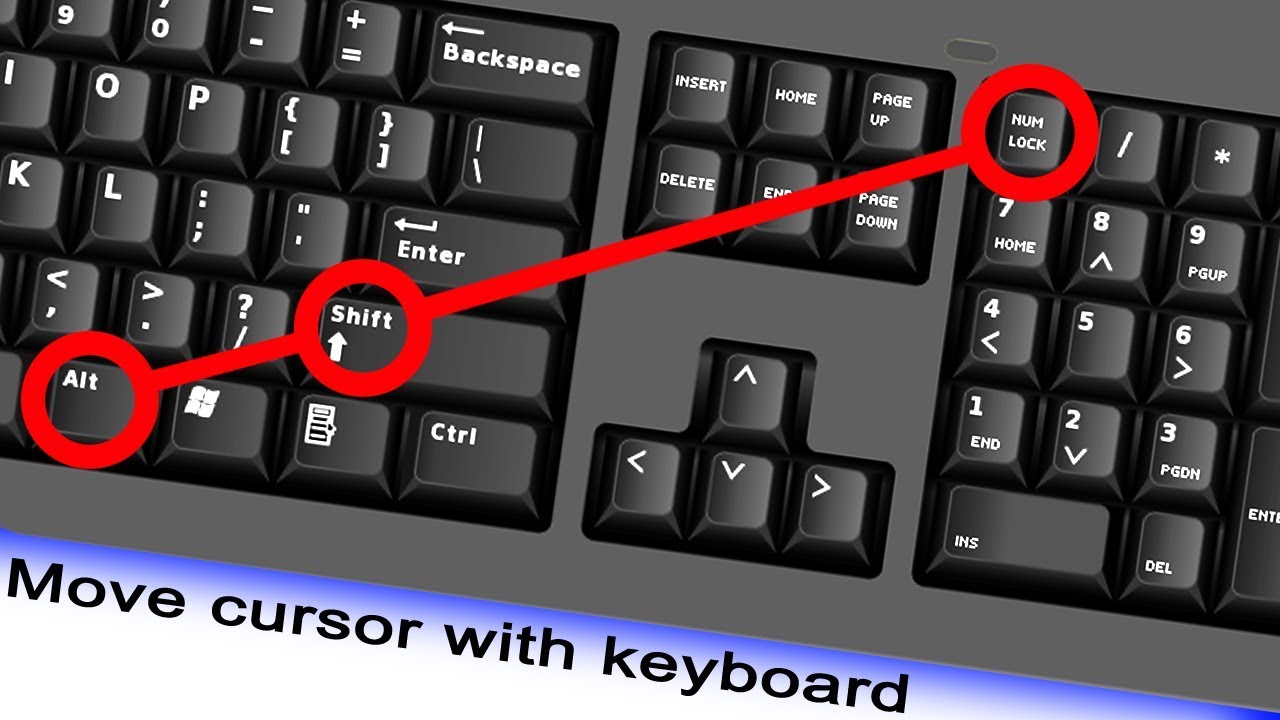Introduction
Keyboard shortcuts are an essential tool for increasing productivity and efficiency when using a computer. These shortcuts allow users to perform tasks with just a few keystrokes, eliminating the need to navigate through menus or use the mouse. One of the most frequently used keyboard shortcuts is the command to save a document.
Whether you are working on a word processor, a spreadsheet, or any other application that involves creating and editing documents, being able to quickly save your work is crucial. Saving a document ensures that any changes or modifications you make are preserved and can be accessed later. It also serves as a safety net, protecting your work from accidental loss or system crashes.
While the traditional method of saving a document involves navigating through the application’s menu and selecting the “Save” option, keyboard shortcuts provide a faster and more convenient alternative. With the press of a few keys, you can instantly save your document without interrupting your workflow.
In this article, we will explore the most common keyboard shortcut used to save a document and delve into how it functions in different applications. We will also discuss the option to customize keyboard shortcuts to suit your preferences and work habits. By the end of this article, you will have a firm understanding of how to save your documents efficiently and effectively.
Why Use Keyboard Shortcuts?
Keyboard shortcuts offer numerous benefits when it comes to working with documents on a computer. Here are some compelling reasons why you should consider using keyboard shortcuts:
- Speed and Efficiency: Keyboard shortcuts allow you to perform tasks with lightning speed, eliminating the need to navigate through menus or use the mouse. This saves valuable time, especially when working on large documents or performing repetitive actions.
- Reduced Strain: Relying solely on the mouse for every action can lead to repetitive strain injuries. By using keyboard shortcuts, you can reduce strain on your hand and wrist muscles, promoting better ergonomics and overall comfort.
- Streamlined Workflow: Keyboard shortcuts enable you to keep your hands on the keyboard, preserving your flow and minimizing interruptions. This seamless integration with your typing and editing process allows you to focus more on the task at hand.
- Increased Productivity: The time saved by using keyboard shortcuts can significantly boost productivity. With efficient document-saving shortcuts, you can quickly save your work and move on to other tasks, enabling you to accomplish more in less time.
- Consistency Across Applications: Many keyboard shortcuts are standardized across various applications, such as word processors, spreadsheet software, and graphic design programs. Once you learn a shortcut, you can apply it in multiple applications, enhancing your overall efficiency.
By incorporating keyboard shortcuts into your workflow, you can unlock a new level of speed, efficiency, and productivity. It may take some time to familiarize yourself with commonly used shortcuts, but the investment of learning will pay off in the long run.
The Most Common Keyboard Shortcut to Save a Document
When it comes to saving a document, one keyboard shortcut stands out as the most commonly used and widely recognized: CTRL + S (Command + S on a Mac). This simple combination of keys allows you to save your document quickly and efficiently.
In most applications, pressing CTRL + S will trigger an immediate save, without any prompts or pop-up windows. This means that any changes you have made to the document since the last save will be instantly saved to the file on your computer’s storage.
Not only is CTRL + S easy to remember and execute, but it has become a universal standard in many operating systems and software applications. Regardless of whether you are using a word processor, a spreadsheet program, or an image editor, chances are that CTRL + S will work to save your document.
It is important to note that the CTRL + S shortcut should be used frequently and consistently to ensure that your work is always saved. It is a good habit to save your document after making important changes or completing a significant portion of your work. This will help safeguard against unforeseen circumstances, such as power outages or application crashes, which can cause data loss if the document has not been saved.
By using the CTRL + S keyboard shortcut, you can save time and effort when working with documents. Rather than manually navigating through menus or clicking on the “Save” option, this keyboard shortcut provides a convenient and efficient way to ensure that your work is securely saved.
Saving a Document in Different Applications
While CTRL + S is the most common keyboard shortcut to save a document, the exact process of saving may vary slightly depending on the application you are using. Here, we will explore how to save a document in some popular applications:
- Word Processors (e.g., Microsoft Word, Google Docs): In word processors, like Microsoft Word or Google Docs, pressing CTRL + S will save your document instantly. Additionally, you can also find the “Save” option in the application’s menu or toolbar. Some word processors may offer options to save in different formats, such as docx, PDF, or plain text.
- Spreadsheets (e.g., Microsoft Excel, Google Sheets): In spreadsheet applications, such as Microsoft Excel or Google Sheets, CTRL + S will save your document. These applications often provide additional options for saving, such as saving as a CSV file or saving specific sheets within a workbook.
- Image Editors (e.g., Adobe Photoshop, GIMP): In image editing software, like Adobe Photoshop or GIMP, pressing CTRL + S will save your document. Depending on the program, you may also have the option to optimize the image file, choose the image format (such as JPEG or PNG), or adjust the image quality.
- Text Editors (e.g., Notepad, Sublime Text): Text editors, such as Notepad or Sublime Text, typically follow the same convention for saving. Pressing CTRL + S will save your document instantly. Some text editors may also offer options like saving with different encoding formats or line-ending styles.
These examples highlight the general process of saving a document in different applications. However, it’s worth noting that some applications may have unique or alternative keyboard shortcuts specifically tailored to their functionalities. It’s always a good idea to consult the application’s documentation or help section to explore any additional saving options or shortcuts available.
Remember, the goal is to find the most efficient and convenient way to save your document. By familiarizing yourself with the saving process in your preferred applications, you can streamline your workflow and save your work effortlessly.
Customizing Keyboard Shortcuts
Many applications allow users to customize keyboard shortcuts to suit their preferences and work habits. By customizing shortcuts, you can create a more personalized and efficient workflow. Here are some common ways to customize keyboard shortcuts:
- Application Settings: In some applications, you can access the settings or preferences menu to modify existing keyboard shortcuts or assign new ones. This allows you to tailor the shortcuts to your specific needs. Look for options like “Keyboard Shortcuts,” “Hotkeys,” or “Keybindings.”
- Third-Party Tools: If an application does not provide built-in options for customizing shortcuts, you can use third-party tools to remap keys or create custom shortcuts. These tools offer more flexibility and can be used to create system-wide or application-specific shortcuts.
- Operating System Shortcuts: Operating systems like Windows or macOS also offer customization options for keyboard shortcuts. You can modify system-wide shortcuts or create your own shortcuts for various functions. These shortcuts can be handy, not only for saving documents but also for accessing frequently used features or applications.
- Macro Recording: Some applications support macro recording, allowing you to record a series of actions and assign them to a single keyboard shortcut. This can be useful when you frequently perform a complex sequence of tasks and want to automate it with a single keystroke.
Customizing keyboard shortcuts provides you with the flexibility to work in a way that feels most comfortable and efficient to you. By assigning shortcuts to specific functions or actions, you can streamline your workflow and minimize the time spent navigating menus or using the mouse.
However, it’s important to note that not all applications offer customization options for keyboard shortcuts. In such cases, it’s essential to familiarize yourself with the default shortcuts provided by the application and find ways to incorporate them effectively into your work routine.
Remember, the key to successfully customizing keyboard shortcuts is to find a balance between what works best for you and maintaining consistency across applications. Experiment with different shortcuts, and adjust as needed until you find a setup that optimizes your productivity without causing confusion or conflicts.
Conclusion
Keyboard shortcuts are a valuable asset in any computer user’s toolkit, offering speed, efficiency, and increased productivity. When it comes to saving a document, the CTRL + S (Command + S) shortcut is the most common and universally recognized method. It allows users to save their work quickly and seamlessly, eliminating the need to navigate through menus or use the mouse.
While CTRL + S is a standard shortcut, it’s important to note that the saving process may vary slightly depending on the application you are using. Familiarizing yourself with the saving process in different applications can help you work more efficiently and effectively.
Furthermore, customizing keyboard shortcuts can enhance your workflow even further. Many applications and operating systems provide options to modify existing shortcuts or create new ones. By tailoring shortcuts to your specific needs and work habits, you can optimize your productivity and save valuable time.
Incorporating keyboard shortcuts into your document-saving routine can have a significant impact on your overall productivity. By mastering the art of saving with shortcuts, you can confidently preserve your work, protect against data loss, and maintain a smooth and uninterrupted workflow.
So, whether you’re a writer, a student, an office worker, or anyone who frequently works with documents, take the time to learn and utilize keyboard shortcuts for saving. It’s a small investment that can yield significant time savings and enhance your efficiency in the long run.
Embrace the power of keyboard shortcuts and unlock a new level of productivity and convenience in your document-related tasks. Happy saving!

























